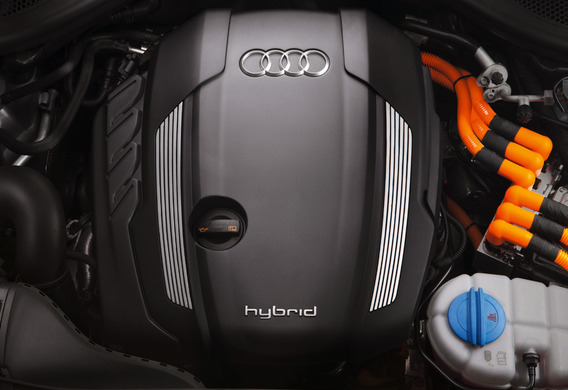
Regenerative braking-the type of braking by an electric motor. The name derives from the Latin word that can be translated as "collection". The regenerative braking shall result in a partial collection of the energy used for the deceleration of the motor vehicle. In fact, this means that the shaft of traction motors is rotated backwards.
As you know, under a particular connection pattern, the reverse motor is running in the generator mode. The collapse of the shaft creates an inhibitor force that reduces the speed of the car, and the energy generated by the engine-generator is returned to the electrical network and accumulates in the battery.
Where did the regenerative braking come from?
Recuperative braking was introduced in the era of railway transport to electric traction. In electric locomotives, metro trains, trams of new models and trolleybuses electric motors, rotating in the other direction, operate as electric generators. As there is no need for electricity generation from the electric locomotive, the generated electricity is transmitted via the contact network to the distribution substation, where it is returned to the same network.
The most advanced manufacturers are using a regenerative braking system and conventional vehicles with a gasoline engine
With the advent of electric vehicles, as well as hybrid vehicles, recovery has been further applied. The principle of energy generation has remained the same-it is created during the braking of the electric motor. However, it is not sent to the network, but is used to charge the batteries. Regenerative braking and electric two-wheeled vehicles shall be used. At different times, the companies that pioneered hybrid vehicles performed various experiments to create an efficient electric energy collection system: engineers tried to use flywheel, pneumatic batteries, hydraulic accumulators and other devices to generate and store energy.
Passenger car and truck use
With the development of the hybrids market, regenerative braking has become a standard tool for auxiliary power generation. The regenerative systems are installed, for example, in such well-known hybrid vehicles as the Toyota Prius or Chevrolet Volt.
The main lack of regenerative braking is the low level of efficiency, which makes the cost of equipping the vehicle with almost no return
The most advanced manufacturers are using a regenerative braking system and conventional gasoline vehicles. For example, in some of the Ferrari models, the energy generated by recovery works with the multimedia system and the climate installation. The energy is accumulated in an additional battery.
Circumstances preventing regenerative braking
The scientists have pointed out the shortcomings of regenerative braking systems. First of all, it is a low level of efficiency, which makes the cost of equipping the car with almost non-refunnable. Indeed, a car can travel hundreds of kilometres a day, and it can hardly slow down. At best, the stopping distance will be several hundred meters, for which a negligible amount of energy will be generated.
In addition to the costs of establishing a regenerative braking system, the vehicle needs to be equipped with a conventional braking system as it only ensures the safety of the driver. For a number of reasons, regenerative braking may not be effective in all road situations and serves only as a supplement to the service brakes. It is not possible to solve the electric motor and the task of wheel lock during parking, as it is not equipped. If the electric motor does not allow the vehicle to move easily, it is no longer possible to cope with the weight of the vehicle.
Use of regenerative braking in motorsport
In 2009, the Formula 1 races of several teams were equipped with a kinetic energy recovery system (KERS). The application of the system was the nature of the promotion-society is showing great interest in the race, so the manufacturers were hoping to popularize the idea of hybrid vehicles and recovery. The results of the season showed that the application of regenerative braking does not create any advantages that are equipped with it.
For the 2010 season, the teams decided not to use the KERS system to reduce the cost of equipment. The following year, engineers again returned to the idea of recovery. The technical regulation for 2014 provides for the transition to more use of engines with an internal recovery system. Recurative braking is also used in other races. For example, the LMP1 class includes the prototype Audi R18 e-tron quattro and Toyota TS030 Hybrid, equipped with a regenerative braking system.







